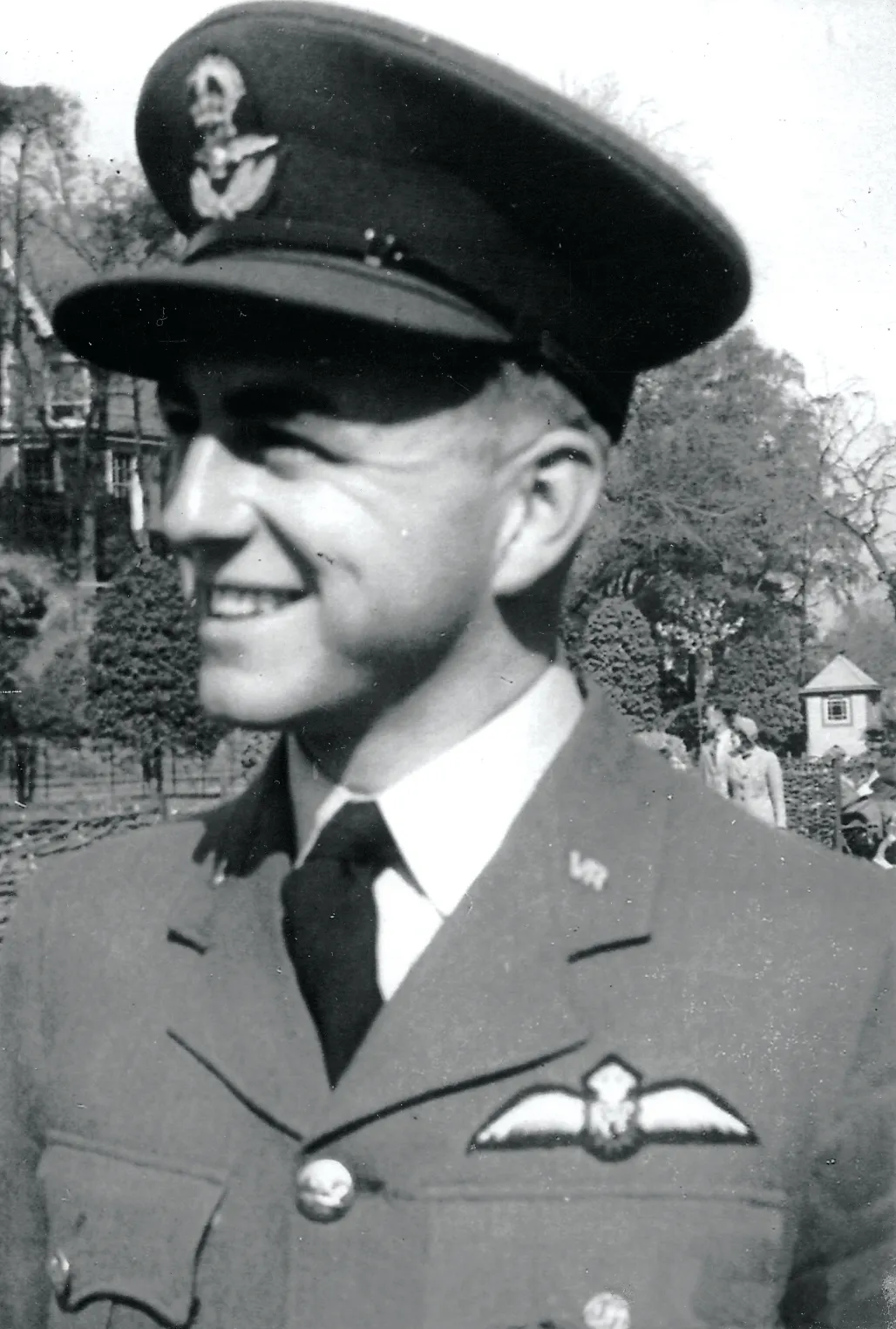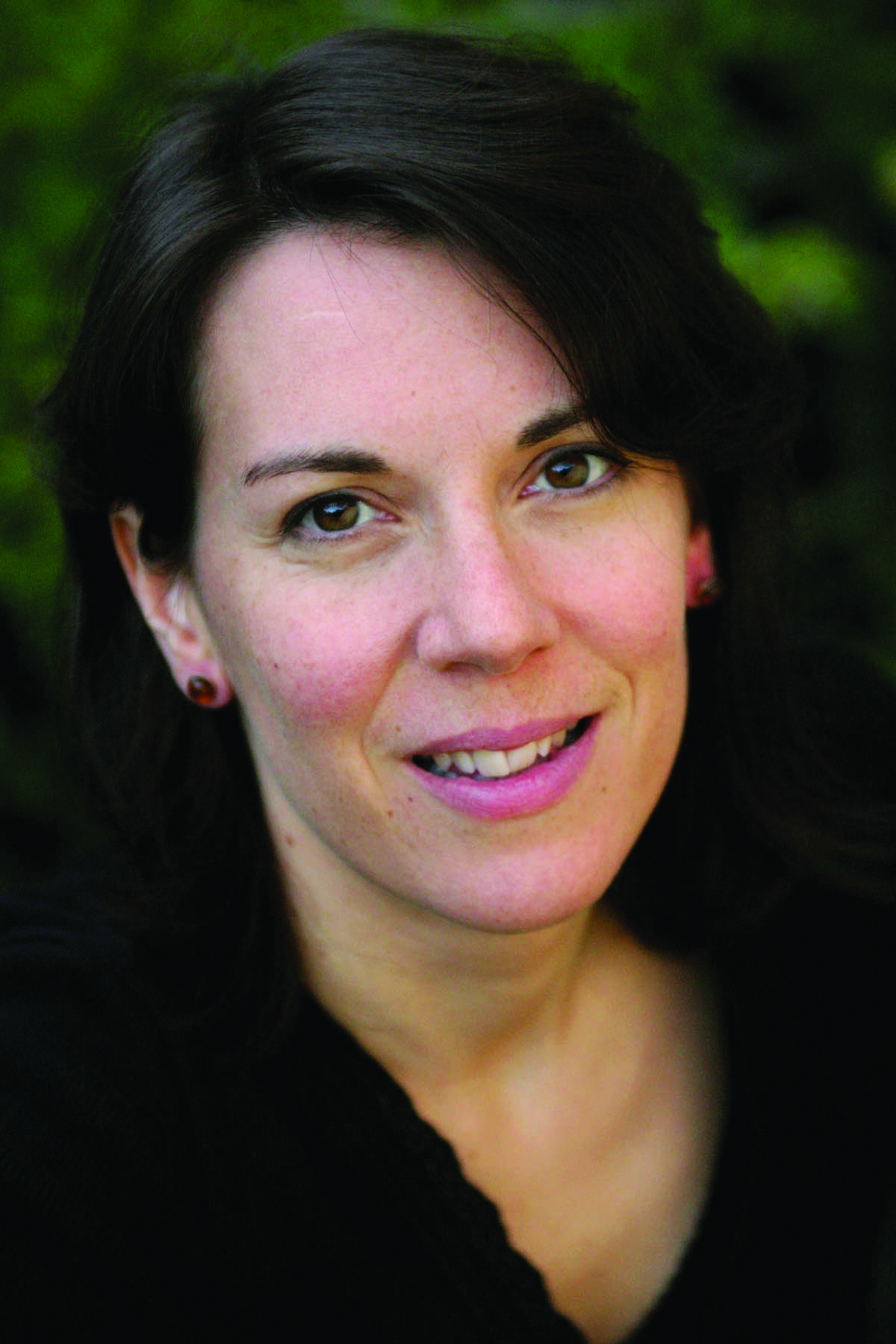On the night of 24 March 1944, under cover of complete darkness, 200 POWs in the high-security Stalag Luft III camp readied themselves for a bold escape attempt. In hut 104, the men silently waited their turn, wishing hushed good lucks to each other as they followed the man in front of them down escape tunnel ‘Harry’ (One of three – the others being ‘Tom’ and ‘Dick’), which they had been patiently digging for months.
Flight Lieutenant Leslie Broderick was number 53 in the queue of escapees. He had been designated ‘Trapführer’ and manned the tunnel entrance (concealed beneath the hut’s stove) at all times. He made his bid for freedom with fellow prisoners Denys O’Street, a British officer, and Henry Birkland, a Canadian fighter pilot – although if you’ve seen the film The Great Escape based on the events in Stalag Luft III, you will know that things didn’t go quite as planned.
Roughly 100 miles from Berlin, Stalag Luft III was a Prisoner of War camp for Allied airmen run by the Luftwaffe. The site had several features that the Germans believed would make escape impossible: the huts were raised off the ground, it was constructed on sandy subsoil, while microphones around the perimeter of the camp could detect any sounds of digging. But they hadn’t reckoned with Leslie and his plucky comrades.
“I’m astounded by the tenacity of all of the prisoners and their ingenuity in creating the items they needed: passes, false papers, clothes to disguise themselves after the escape, and all the equipment to dig the tunnels and the methods of disposing of the sand they dug out,” says reader John Fishlock, whose wife was one of Leslie’s cousins.
A keen family historian, he was fascinated when he unearthed Leslie’s story. “I feel very proud and thrilled to think that a member of my, albeit distant, family took part in something like this escape.”
John uncovered Leslie’s family history first using the basic records: “He was born at 2 Waynfleet Street, Wandsworth, London, the son of a motor mechanic. When the war came along, he joined the RAF and trained as a pilot. On the night of 14 March 1943, returning from a raid to Stuttgart, his plane was shot down by a German night fighter, unfortunately only three of the crew survived, and so his captivity started.”
John managed to piece together the story of Leslie’s captivity from Bomber Command reports, RAF Operation Record Books and by Googling the famous escape story on the internet, while, before he died, Leslie himself provided an account of what happened to the escapees.

John explains: “The plan was to get 200 prisoners out – 76 did get out before the escape was discovered. Leslie and nine others gathered outside the fence before heading off on pre- decided escape routes. Denys, who injured his ankle and couldn’t keep up, was recaptured near Sagan.
Leslie and Henry travelled at night to avoid detection but by the time they reached the Polish border three days later they were suffering from frost bite.” Leslie recounted: “At about 1200hrs we came across a cottage, possibly near to Kalkbrugh, and seeking shelter we were captured by soldiers billeted in the cottage. We were then taken to the village police station and during a moment of pretending to warm ourselves by the fire we destroyed our false papers.”
“Leslie was returned to Stalag Luft III, but Henry and Denys were among the 50 executed by the Gestapo,” says John.
In October that same year, Leslie was one of the prisoners from camps all over eastern Germany who were moved westwards in ‘The Great March’. “These men were marched up to 1,000 miles under terrible conditions and many died en route. Leslie survived to return home to his wife Theresa, whom he had married in 1942. They had two sons, and emigrated to South Africa where they lived out their lives.”
“I will continue my research on Leslie and the other crew members that were lost in the crash,” says John. “After all, Leslie and his fellow crews gave up their youth to give us a future.”
Do you have a family story to share? Email wdytyaeditorial@ourmedia.co.uk for your chance to appear in Who Do You Think You Are? Magazine!
